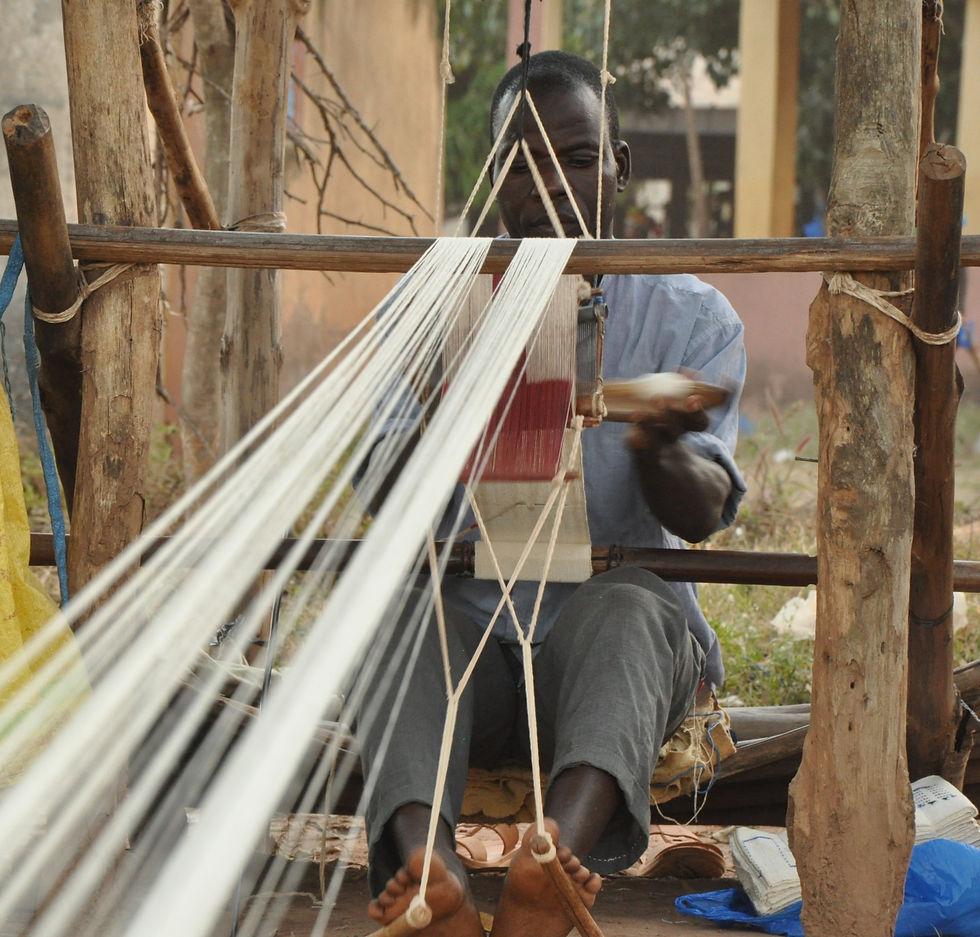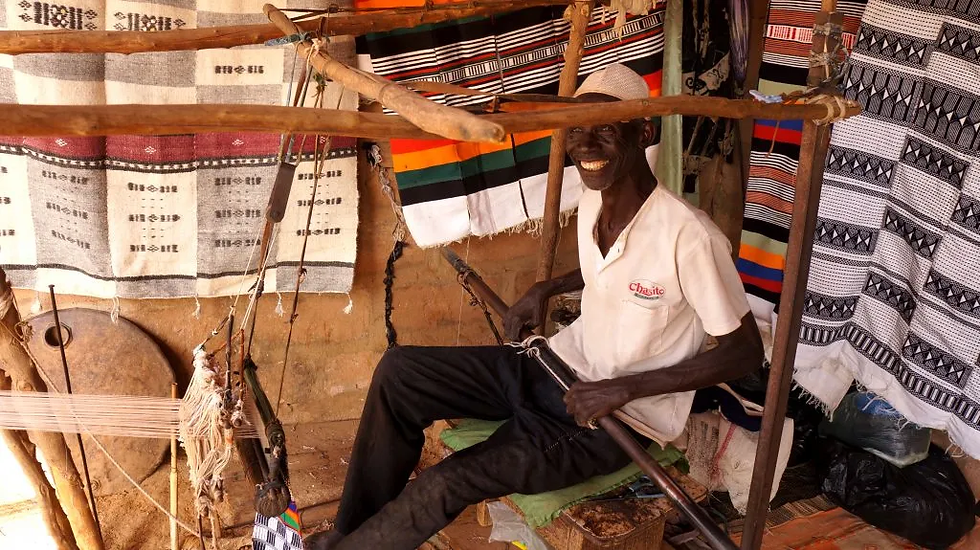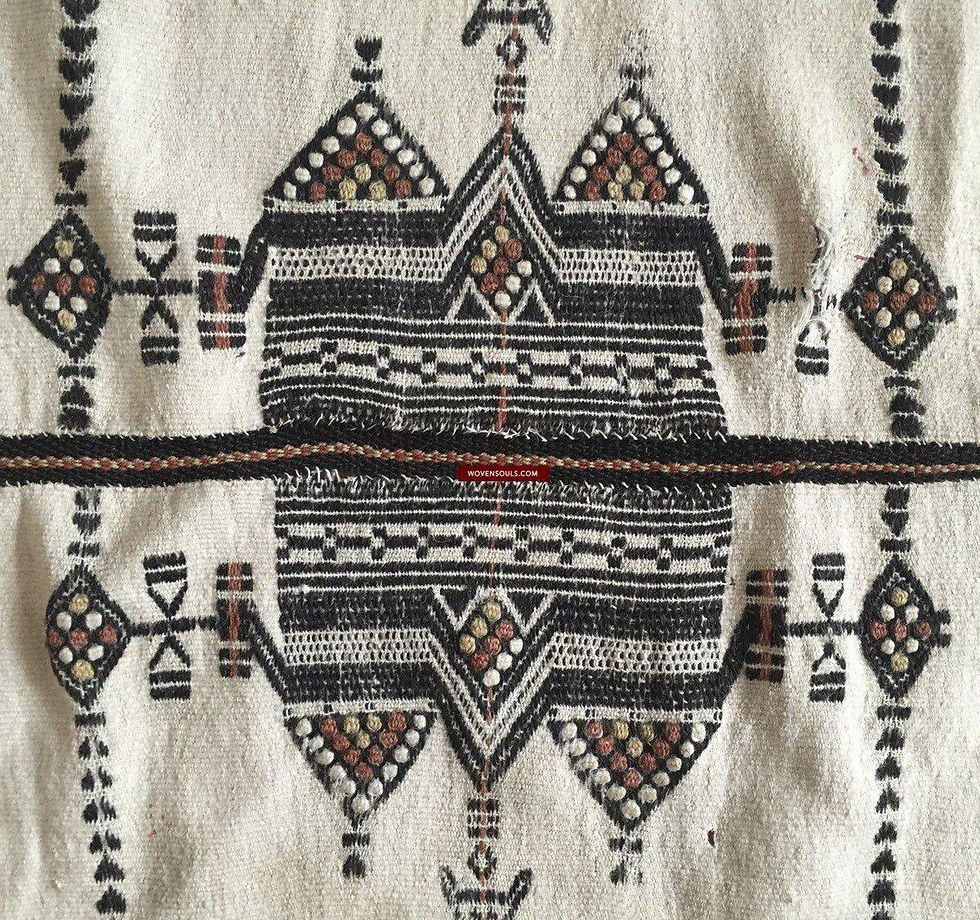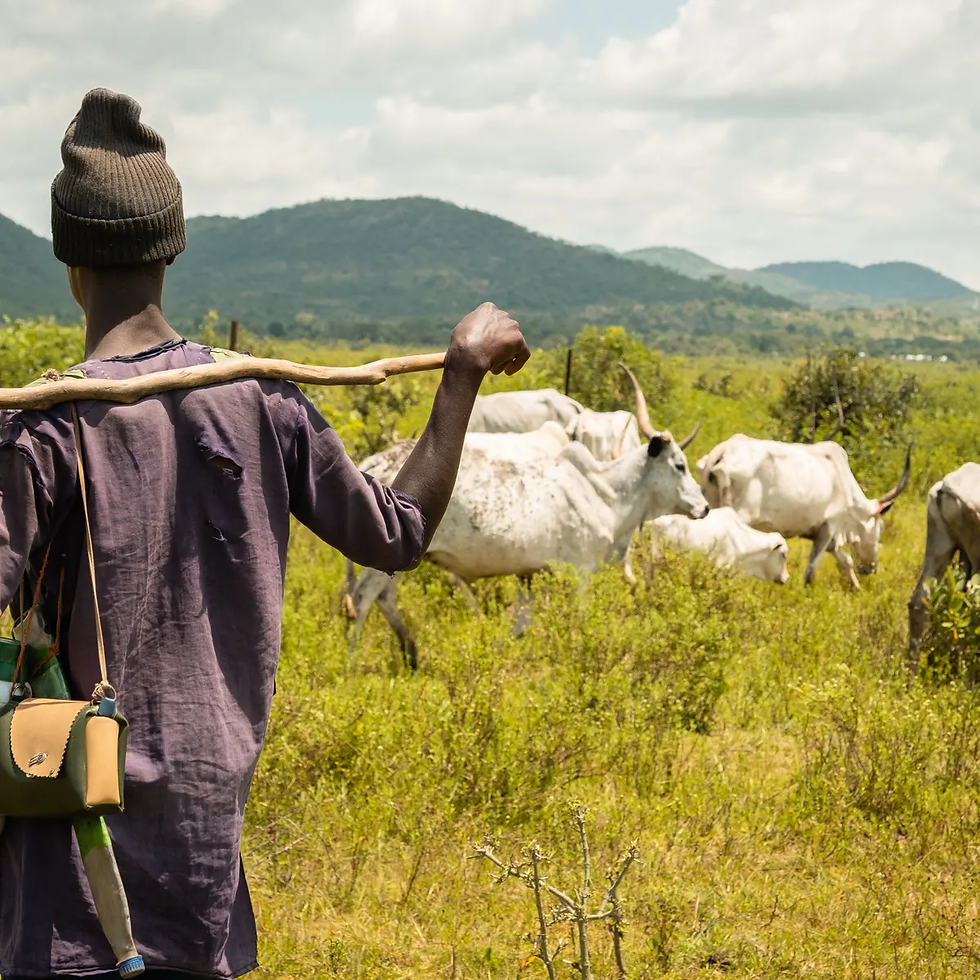Object Highlight
- SAAM

- Jan 10, 2023
- 3 min read
Updated: Feb 4, 2023

KHASA (WEDDING BLANKET)
FULANI PEOPLE
NIGER, NIGERIA, GUINEA, MALI, SENEGAL, GHANA AND CAMEROON
© Savannah African Art Museum
Fulani People
The Fulani are known by several names, including Fula and Peul. This group is one of the earliest adopters of the Islamic faith in the sub-Saharan region. In the nineteenth century, many Fulani participated in several jihads (holy wars) that spread Islam deep into Sahel region and deeper into western and even into central Africa.
Due to the Fulani people’s connection with the universalizing effects Islam, this has resulted in them melding with other Islamic ethnic groups bound together by faith. This included merging with groups of Arabs, the Hausa and other trans-Saharan cultures who originate from both north and south of that formidable desert. As significant members of the Islamic world in western Africa, they also joined and founded Islamic empires which would arise in western Africa, including the Songhai Empire, the Empire of Great Fulo, the Empire of Massina and the Caliphate of Sokoto. This resulted the Fulani being a key group who were part of some very politically and economically powerful states, which formed alliances and trade networks throughout a significant portion of the African continent.
Strip-cloths of the Sahara

Among the different cultures found in the trans-Saharan region, such as the Fulani, there are similarities in artistic practice, including the way textiles are manufactured. Instead of using comparatively unwieldy, broad looms to create cloth, the Fulani make use of the strip-cloth weaving tradition. This method of weaving makes use of a narrow loom, which is much more portable than its larger counterparts, such as the broadcloth weaving methods used by the Kuba in the Democratic Republic of Congo. These strips are often about three to five inches in width. After the strips have been woven, they are then sewn together to create the large khasa blanket. This kind of cloth construction can be found over a wide area that not only includes regions adjacent to the Sahara. Textiles created, using the strip-cloth method, can also be found further to the south. This is because these more southern states were linked to trans-Saharan trade networks. Consequently, they were influenced by technologies from the north. One of these cultures included the Ashanti, who are largely from what is now the country of Ghana in west Africa. Historically, this group imported and used Fulani khasa blankets. Not only did they import strip-cloths, they developed their own strip-cloth making tradition, such as the creation of kente cloth, which is famous throughout the world. Between the Ashanti and Fulani, it isn’t just the manufacturing process that is similar. What is also found in both cloth-making traditions is that the weaving process is carried out exclusively by men.

Use and Meaning of Khasa

A notable feature about this cloth is how thick and heavy it is. It is made from wool from the sheep who have been herded by the Fulani and the weight of the cloth is substantial in its thickness. This is a practical design feature which is an adaptation to the conditions that the Fulani inhabit. While the arid environment of the Sahel can become remarkably hot during the day, this arid climate results in the ambient temperature plummeting during the evening. This climate necessitates the kind of insulation provided by this thick, wool blanket. As mentioned previously, these khasa blankets make their way into the sultry, forested regions of the Ashanti Empire. Because of the remarkably warm nature of these blankets, they are not used as bedding in places like Ghana, as they are in the Sahel. Instead, these blankets have been used by the Ashanti as covering and padding for valuable and fragile objects, such as drums used by a royal court.

In addition to the practical function of the khasa, it is an object that serves a symbolic function. The khasa blanket is associated with generosity and commonly serves as a suitable gift to give during important events, such as weddings and funerals. The elaborate intricacy of the blanket highlights its prestigiousness. These blankets are decorated with a diverse array of colors. They are also festooned with a range of geometric forms. This includes motifs like stripes, lozenge-shapes and many others. In addition to these decorative elements being viewed as attractive, these forms have also been associated with topographies found in the landscape that the Fulani inhabit, including hills, grazing lands, commonly followed routes and habitations.
Sources
Visona, Monica Blackmun. The History of Art in Africa. Upper Saddle River, NJ: Prentice Hall
2001. Pages 100 – 103
2003. Pages 97 – 100
“Man's Blanket (Landaka Khasa), Fulani ^ Minneapolis Institute of Art.” Mia. Accessed November 4, 2022. https://collections.artsmia.org/art/24934/mans-blanket-fulani.
“Exchange: Blanket (Khasa).” Accessed November 4, 2022. https://exchange.umma.umich.edu/resources/14061/view





